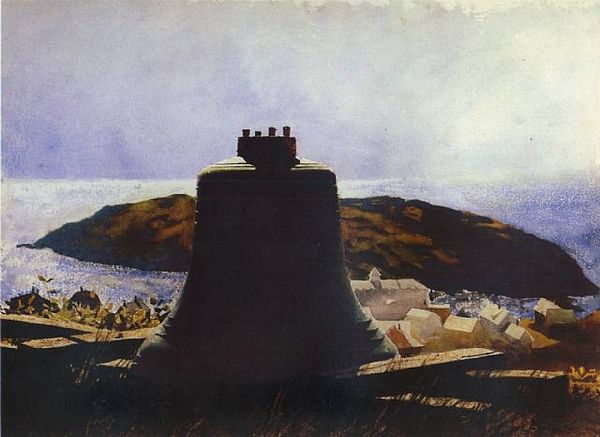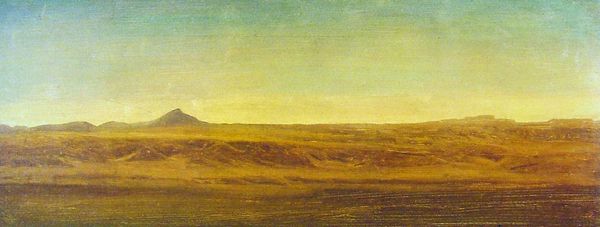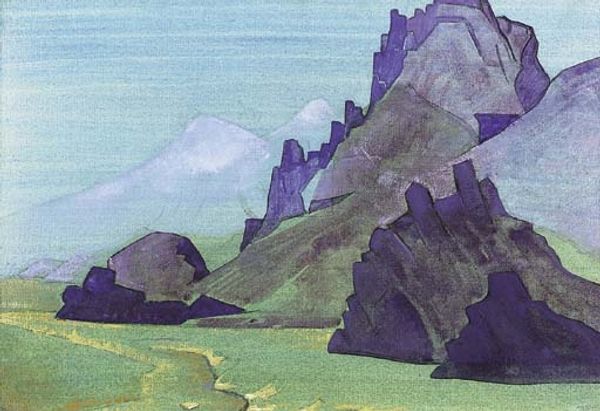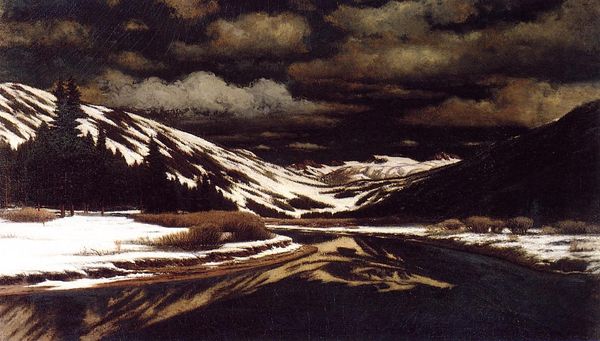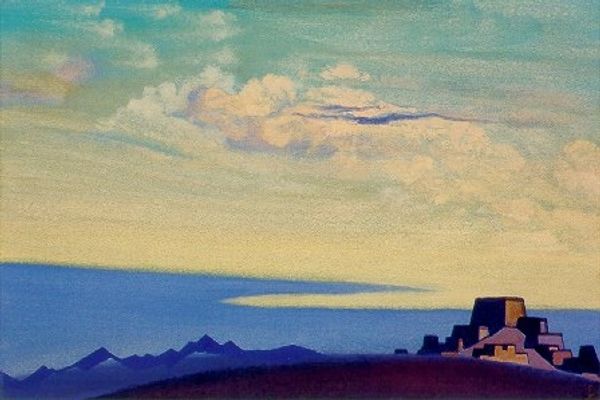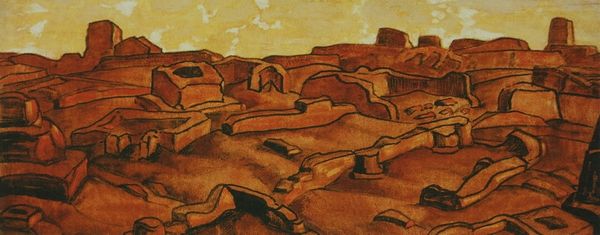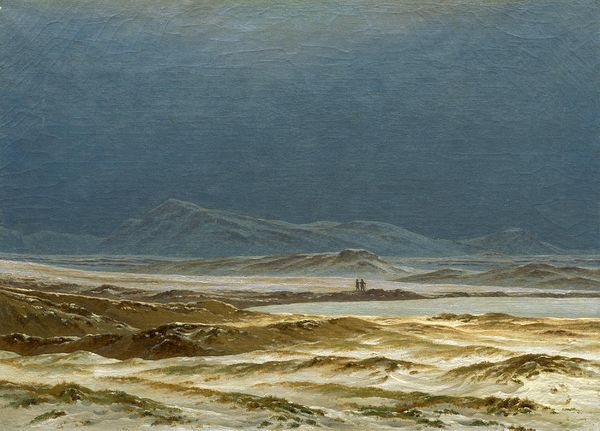
painting, oil-paint
#
painting
#
oil-paint
#
landscape
#
house
#
oil painting
#
modernism
#
realism
#
building
Dimensions: 72.39 x 107.95 cm
Copyright: Edward Hopper,Fair Use
Curator: Standing before us is Edward Hopper's "Corn Hill," a 1930 oil painting that currently resides here at the McNay Art Museum. What's your first impression? Editor: Stark. Isolated. Even a bit bleak. The houses, almost identical in form, huddle together on that sandy hill as though for protection. There’s a psychological weight to that placement; they seem exposed, vulnerable even. Curator: It is fascinating how Hopper uses composition to convey psychological states. The simple geometric forms of the houses, combined with the stark, almost barren landscape, do evoke feelings of isolation and quiet desperation that are hallmarks of his work, often attributed to the Depression era social climate. But let's also look closer. There’s a rhythmic repetition in the placement of those houses that I read as an echo of early American settlements, or even monasteries perched on hills. The arrangement suggests a communal space, however sparse or even strained. What purpose did Hopper want the dwellings to portray? Editor: Perhaps not purposeful but rather, the reality he was experiencing within this region and socio-political period in American history. Do you really feel communal warmth in the alignment? For me, it speaks more to the monotony of modern life encroaching on these historical roots. Curator: Well, even if we can not agree if they're happy to be in place, their relationship, as presented, reminds us of these settlements' endurance, especially on "Corn Hill" . The name itself evokes images of a time when land and community were more interwoven than they are today. Corn, an iconic symbol of growth and shared abundance. Editor: I agree that the painting makes me think. But I read it, more somberly, as a meditation on the ever-changing American landscape and how historical iconography and heritage evolves, in response. It's thought-provoking, even unsettling, but deeply American in its subject. Curator: Perhaps that is where its beauty lies, in its very ambivalence. Its realism evokes introspection of American modern life. It mirrors the anxieties and ambivalence within us and as a country and still reminds us that those cultural sentiments evolved from a different time, but are now one. Editor: Yes, reflecting the tensions inherent in the American dream—hope mixed with disillusionment. Curator: Food for thought indeed, mirroring how we grapple with progress while remaining tethered to heritage. Thank you. Editor: Indeed. I now have a greater understanding, thanks to this conversation, of this intersection in Corn Hill.
Comments
No comments
Be the first to comment and join the conversation on the ultimate creative platform.


